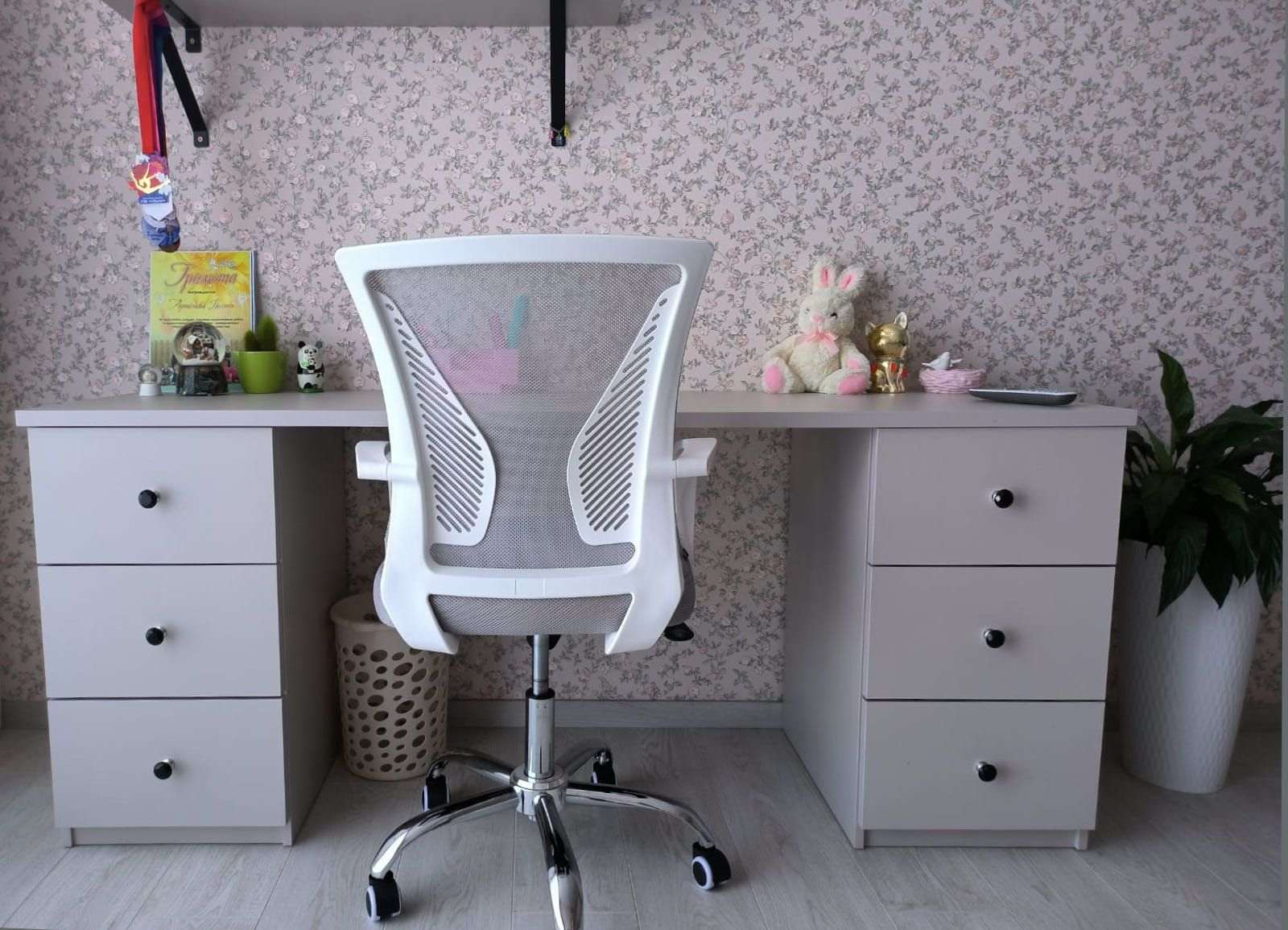
Revolutionizing Culinary Spaces: The Art of Elegant Redesign
Culinary spaces have long been an epicenter of creativity and innovation. As modern lifestyles continue to evolve, the spaces where we cook and dine are being reimagined to not only serve their primary function but also to stand as bastions of elegance and style. The recent trend in redefining culinary spaces combines both aesthetics and practicality, creating environments that inspire and accommodate the varied facets of food preparation and enjoyment.
Incorporating Minimalism
The minimalist approach has taken the culinary world by storm, with clean lines and clutter-free surfaces emerging as key elements in this elegant redesign. By focusing on simplicity and functionality, these culinary spaces foster an environment of calm and efficiency. Storage solutions are often innovative and discreet, keeping the necessary tools within reach while preserving the visual serenity of the space. The use of monochromatic color schemes or subtle color palettes further enhances the space's tranquility, making it a sophisticated canvas for culinary creation.
Advancements in Technology
Technological integration is a cornerstone of the modern, elegant culinary space. Smart appliances that can be controlled via smartphone or voice command are not only convenient but also contribute to the sleek and streamlined design of the kitchen. Induction cooktops, precision ovens, and advanced refrigeration systems not only improve the cooking experience but are also designed to be visually unobtrusive, maintaining the elegant aesthetics of the space.
Multipurpose Functionality
Elegantly redefined culinary spaces are no longer just for cooking—they serve as versatile areas capable of hosting social gatherings, casual dining, or even a quiet place for work and study. Designers are creating flexible layouts with movable elements, like kitchen islands on wheels or retractable tables, which can adapt according to the user's needs. The choice of materials, such as high-quality woods or stone, along with statement lighting fixtures, contribute to a space that is both beautiful and multifunctional.
Biophilic Design Elements
Integrating nature into culinary spaces has also gained popularity, as it brings a touch of organic elegance and promotes well-being. Biophilic design, which seeks to connect occupants with the natural environment, can be incorporated through the use of natural light, indoor plants, and materials that mimic the textures and colors of nature. This connection to the outdoors creates a serene backdrop for culinary adventures while promoting a healthier and more sustainable lifestyle.
Bespoke Details
Attention to detail is what distinguishes an elegantly redefined culinary space. Custom-crafted features, whether it be bespoke cabinetry, unique backsplashes, or handcrafted hardware, all contribute to the uniqueness of the space. Personal touches such as art, decorative pieces, and curated collections of cookware and utensils allow homeowners to infuse their personality into the kitchen, making each space a one-of-a-kind reflection of its occupants.
Conclusion
The redefinition of culinary spaces is more than a mere trend; it's a movement that celebrates the merging of form and function in the heart of the home. By embracing minimalism, leveraging technology, designing for multipurpose use, incorporating natural elements, and focusing on bespoke details, these spaces are transformed into elegant and efficient areas that not only facilitate the joy of cooking but also enhance the overall living experience. As we continue to explore the limitless possibilities of design, culinary spaces will undoubtedly continue to evolve, shaping how we interact with and enjoy the culinary arts.